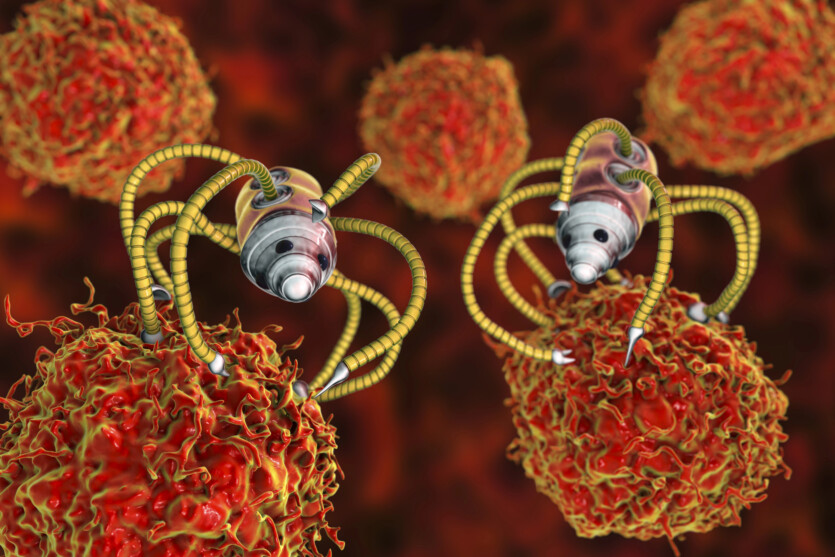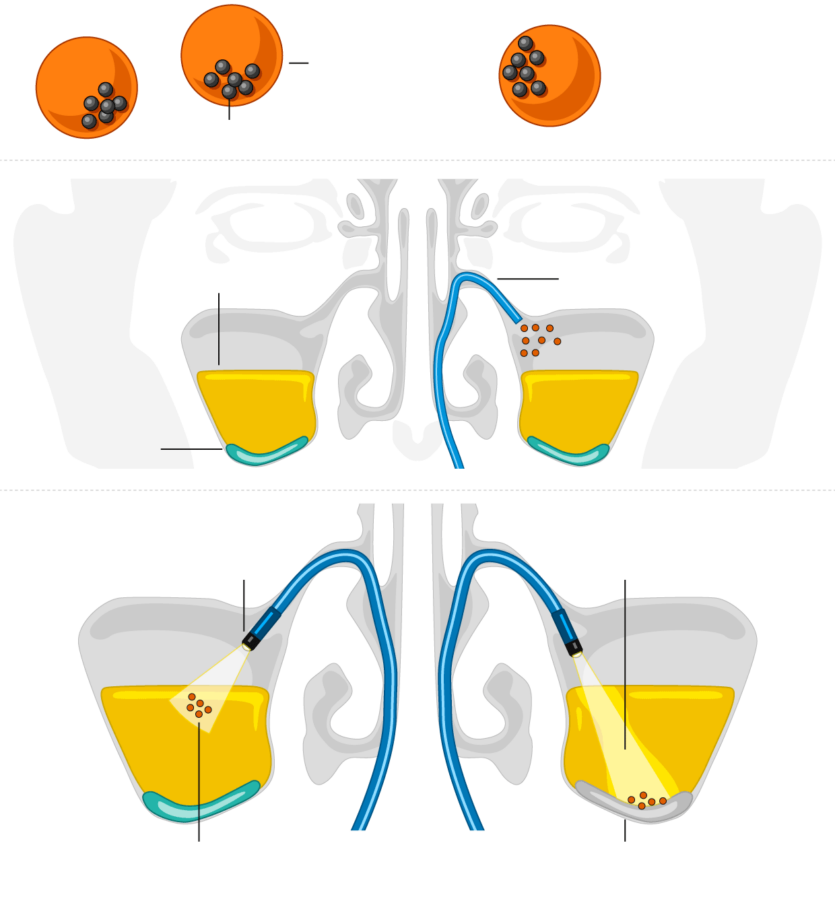
Researchers from China and Hong Kong have created tiny robots, can penetrate the nose to eliminate congestion and dangerous bacteria.
Many people around the world suffer from nasal congestion that prevents them from breathing normally, using a variety of sprays and even antibiotics. However, the tiny robots created by chinese researchers, controlled by an electromagnetic field, are capable of destroying dangerous infections and cleaning the sinuses.
Typically, nasal congestion is caused by inflammation or swelling of the sinuses due to infections, allergic reactions, or pollution. Sinus infections and other infections in the mucous membranes often form a dense, sticky layer and biofilms that neither sprays nor systemic antibiotics can easily deal with. Researchers from the Chinese University of Hong Kong and universities in Guangxi, Shenzhen, Jiangsu, Yangzhou, and Macau have taken up the challenge.
Previous studies by other scholars have suggested use of nanorobots with antibiotics. However, Chinese researchers have proposed robots made of a material that works as a catalyst. The chemical reactions that occur on the surfaces of these tiny robots simply destroy bacteria.

«Our proposed micro-robotic therapeutic platform has advantages such as non-invasiveness, minimal resistance, and no need for medical intervention», — the chinese researchers note.
Currently, the innovative technology has been successfully tested only on rabbits and pigs. However, clinical trials are to be the next step.
The advantage of such robots is is their effectiveness, unlike drugs, which only reach a small fraction of the desired site. However, before this technology can be used on humans, researchers need to make sure that no robot gets stuck in the nose and leaves behind anything. In addition, scientists need to improve the magnets to improve the control of robots inside the human body. Similar technologies could be used in the future to fight infections and bacteria in other parts of the human body.
The results of the study are published in the journal Science Robotics
Source: ZMEScience

Spelling error report
The following text will be sent to our editors: